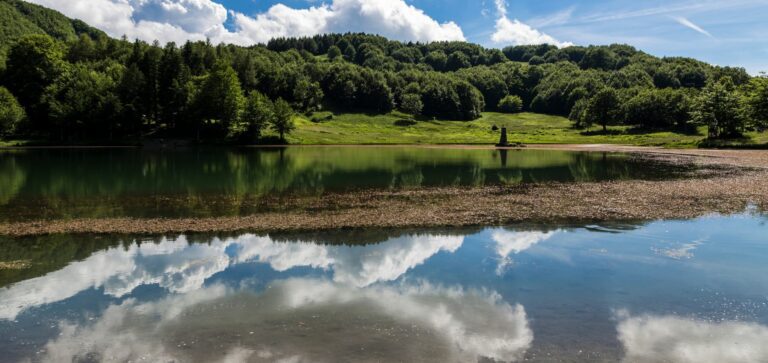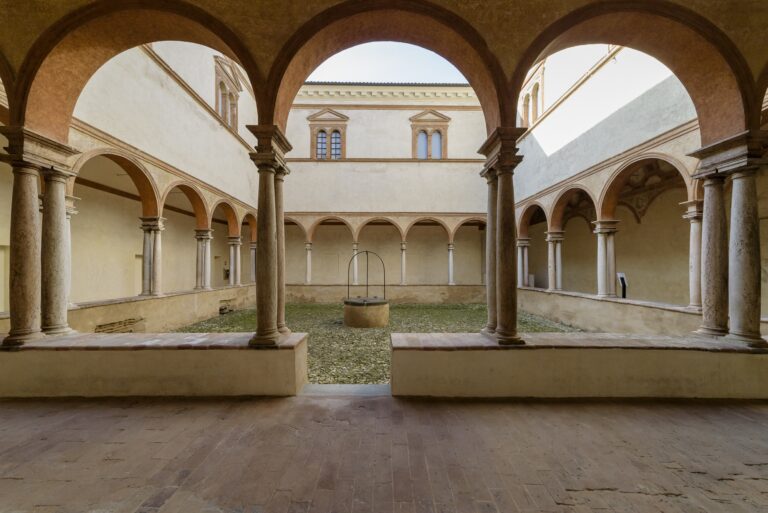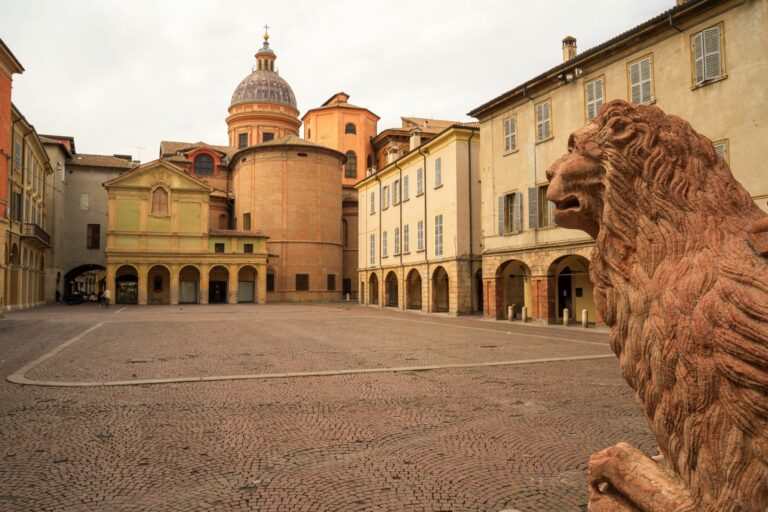For fans of medieval castles there are some fortifications in the evocative scenery of the Reggio Apennines whose history is closely linked to that of Countess Matilde di Canossa, who had placed the political and military center of her immense fiefdom here. Starting from Reggio Emilia you can take some interesting hilly itineraries, in an original and particularly fascinating setting, which lead to the discovery of these wonderful castles.
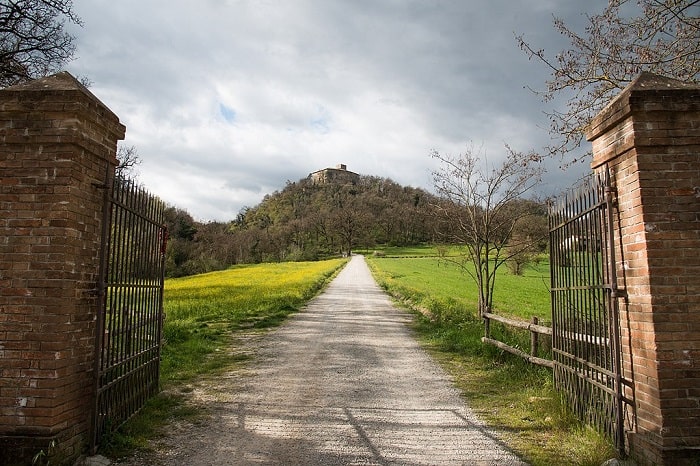
CASTLE OF BIANELLO
On the first hills of the Emilian Apennines, in the municipality of Quattro Castella, the Castello di Bianello stands out, the only fortification in Reggio to have survived to this day completely intact. Among the Matildic castles it is the only one that maintains the original 4 towers dating back to the 8th century. The castle is located on an extraordinary natural balcony from which it is possible to enjoy a wonderful view of the surrounding landscape.
Until the mid-18th century, Bianello was the residence and fortress of the Canossas, and then became their noble residence. The origin of the castle as a watchtower is ascertained as early as the 10th century. The countess usually stayed in this castle and hosted the penitent Henry IV and Henry V after his coronation in Rome which proclaimed her imperial vicar in Italy in 1111. To commemorate this important medieval episode, an interesting commemorative event is held every year, the Corteo Storico Matilidco, which involves hundreds of extras in medieval costumes. After Matilde’s death, the castle remained the property of the Canossas until the extinction of the family in 1742.
Over time, the castle has undergone various transformations, however, it retains interesting structures of the primitive fortress and, in one room, a painting representing Matilde holding a pomegranate flower, symbol of the church, and the motto “tuetur et unit” , by the painter from Reggio Ugolini. The most valuable rooms are those created starting from the second half of the 17th century by Gaetano da Canossa, who had some rooms painted by the artists Gian Giacomo Monti and Baldassarre Bianchi. The wonderful frescoes are still visible in five rooms. Of notable artistic interest is also the small chapel dedicated to St. John the Baptist obtained in the room of the tower with elegant paintings and sacred furnishings.
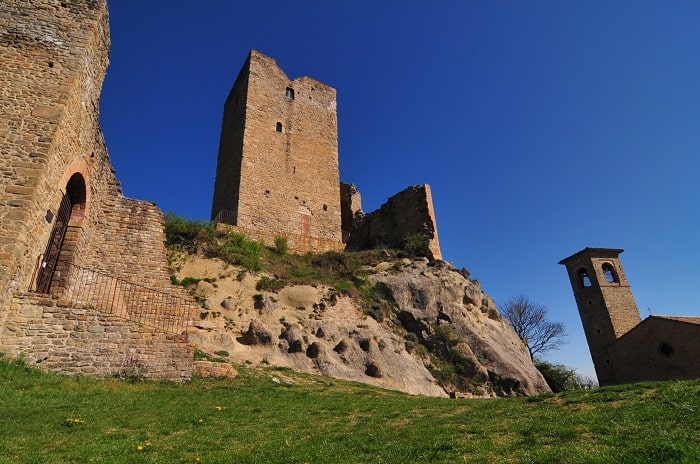
CASTLE OF CARPINETI
In Carpineti, a small town on the hills of Reggio Emilia, the majestic remains of the Carpineti Castle, also known as the Carpinete Castle, stand. Located on the summit of Mount Antognano from which it dominates the valleys of Tresinaro and Secchia, the castle is one of the most important fortifications among the domains of Matilde di Canossa, who spent long periods there administering her territories from within her highly secure and inaccessible walls.
The castle has very ancient origins and the construction of the first fortress dates back to the 10th century by Atto Adalberto di Canossa, Matilde’s ancestor. Perched at an altitude of 805 meters, the castle, following the expansion of the Canossa possessions, came to be placed in the center of their lands. Here the countess hosted Pope Gregory VII in 1077 who, precisely because of the pope’s presence, was called with a certain emphasis “the new Rome”. After the death of the countess, her feud fell apart, Carpineti suffered destruction and saw various owners take turns, including the legendary “mountain bandit” Domenico Amorotto during the 16th century.
Reduced to an imposing ruin, the castle from an architectural point of view is surrounded by a first wall, on the west side of which you can see traces of the ancient gunboats and the protruding apparatuses that constituted the plumbing defense. Inside, the isolated tower stands out, very well preserved. Do not miss the wonderful view from the top of the keep, which can be reached via a system of internal stairs. Outside the fortified perimeter is the ancient Romanesque church dedicated to Sant’Andrea consecrated in 1117, of considerable interest and still well preserved.
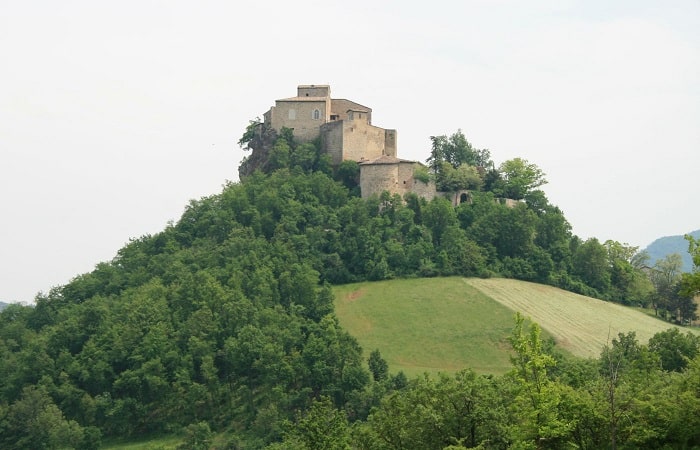
ROSSENA CASTLE
In the village of Rossena, on a reddish volcanic cliff from which it takes its name, there is an imposing castle that has survived almost intact to the present day. Unlike the other Reggio castles which over time have been transformed into stately homes, Rossena has maintained the original structure of a real war machine, in fact, its function was to block any attacks coming from the valley of the Enza.
According to some historians, it was Atto Adalberto who began its construction around 950, while according to others it was Bonifacio di Canossa, Matilde’s father. Over time, the Castle of Rossena has had various owners: in the 11th century it belonged to Bonifacio di Canossa; in the XIII century it was forfeited by the Da Correggio family who kept it until 1612; from 1613 it became an integral part of the duchy of Parma and Piacenza until 1847 when, after the death of the Duchess Maria Luigia, the castle was aggregated to the duchy of Modena and Reggio.
Part of the building dates back to the 10th century: it is the keep, which is characterized by a massive shape, thick walls and small, thin openings. Inside, the so-called “hall of virtues” is visible, where interesting frescoes dating back to the 18th century have been discovered. It is possible to walk through the so-called “quota della Sala d’Armi” including the original nucleus of the defensive system, from which you can admire a magnificent panorama. Opposite the castle stands the Torre di Rossenella, also known as the Guardiola. Dating back to the 12th-13th century, the tower is one of the most interesting artefacts in the Reggio Apennines as it has not been modified by subsequent additions to the walls.
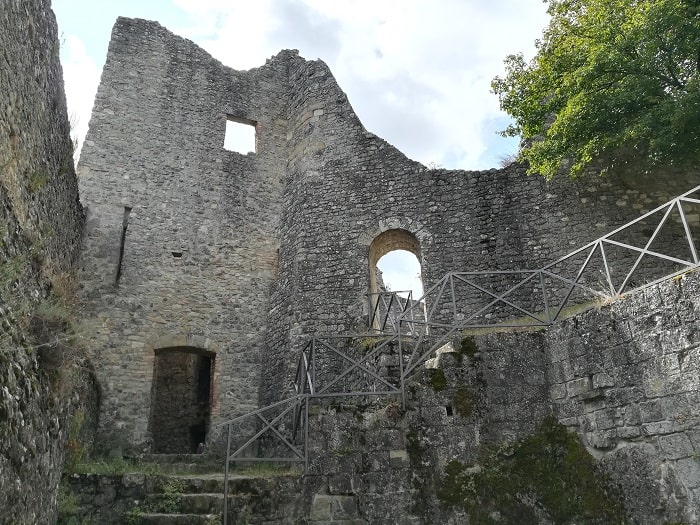
CANOSSA CASTLE
The most famous of the Matildic castles is undoubtedly the Castello di Canossa, of which the ruins and a small museum remain. Located on a white sandstone cliff, the castle is famous for a historic meeting that took place in the extremely cold January 1077, when the emperor Henry IV, after the excommunication and rebellion of his subjected nobles, waited for three days and three nights before being received and forgiven by Pope Gregory VII, with the intercession of Matilda of Canossa.
It was almost certainly founded in the mid-10th century by Adalberto Atto, although it is not known with certainty which structures made up the complex. Very little remains of that first complex. Over the centuries it has been destroyed and rebuilt several times. After Matilde’s death, a period of decline began for the castle, marked by its destruction which took place first in 1255 by the Municipality of Reggio and then by that which took place in 1557 by Ottavio Farnese. Of the original structure remain traces of the walls and the crypt of the temple.
The castle currently houses the “Naborre Campanini” Museum, which houses some valuable finds, mostly from the excavations carried out in the area in 1877 and 1893, including a monolithic baptismal font from the 12th century, of the Lombard school, with stylized depictions of the evangelists.
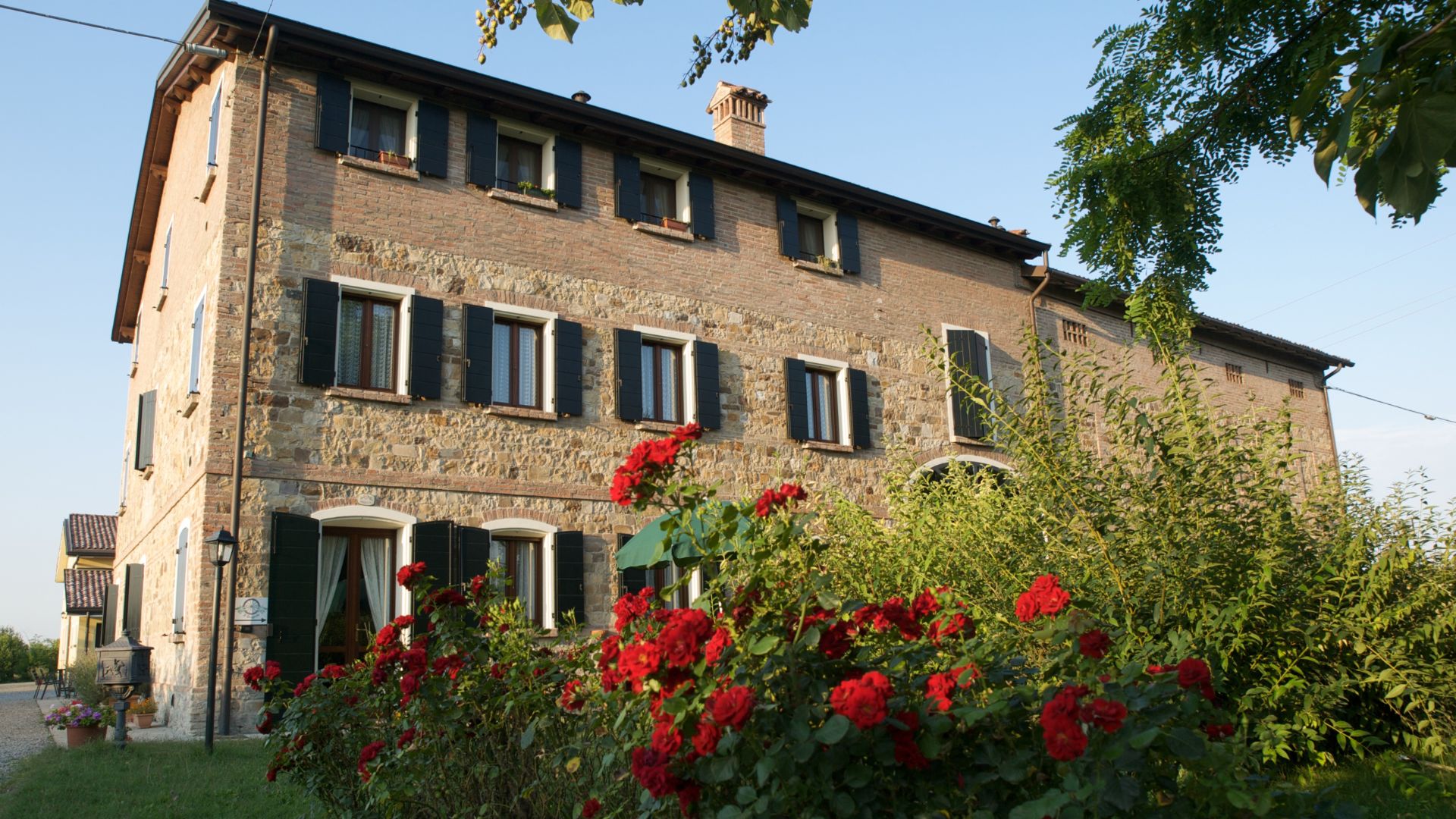
AGRITURISMO IL BRUGNOLO
Welcome to il Brugnolo
If you’re looking for completely independent apartments surrounded by greenery you really are in the right place here!
In fact, Brugnolo is immersed in the green nature of the Emilian countryside. For your relaxation, for that of your children, and again for the runs of your 4-legged friends, you will have 6000 square meters of park at your disposal!


